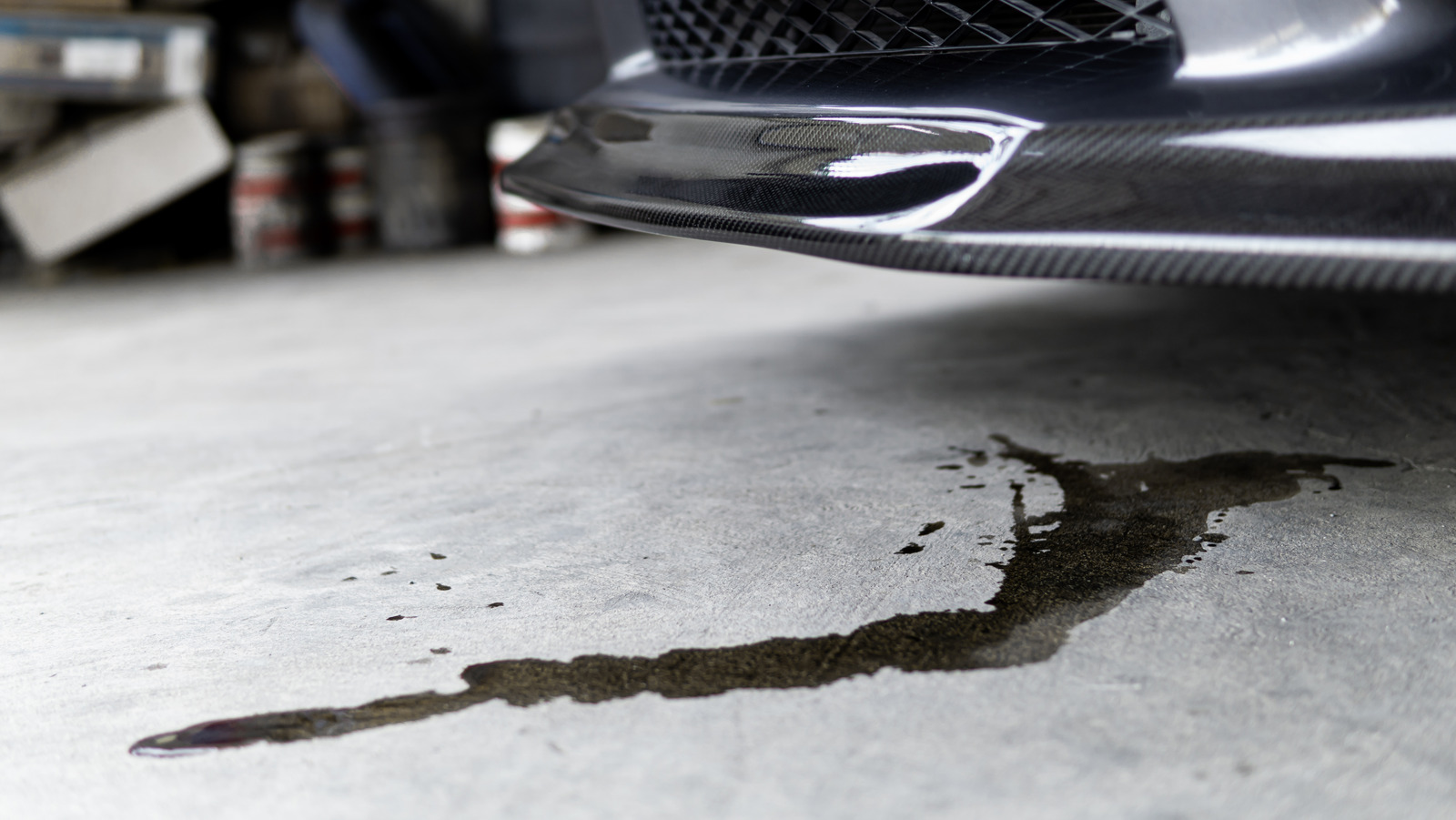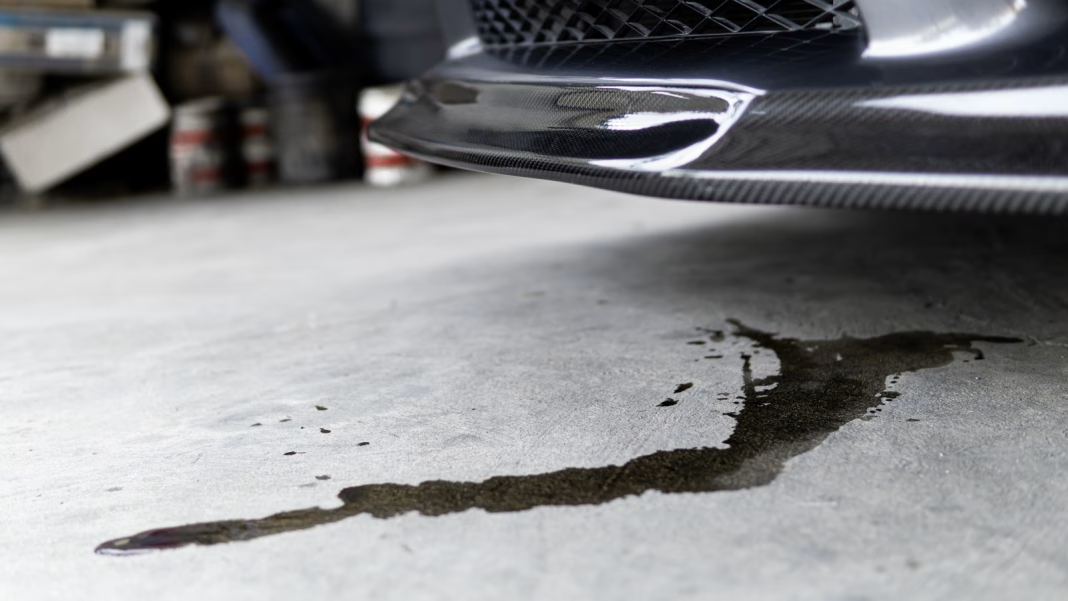Few things can derail a DIY car maintenance project quite like a slippery puddle of engine oil on your garage floor. It’s messy, it’s frustrating, and if you don’t tackle it quickly, it can leave a lasting stain that’s tough to remove. But don’t worry! Cleaning up spilled engine oil doesn’t have to be a daunting task. With the right approach and a few handy tips, you can restore your garage floor to its former glory.
What’s the Best Way to Clean Up Engine Oil?
First things first: act fast. The sooner you address the spill, the easier it will be to clean up. Here’s a step-by-step guide to help you through the process:
1. **Gather Your Supplies**: Before diving in, make sure you have everything you need. You’ll want absorbent materials like kitty litter, sawdust, or commercial oil absorbents. A stiff-bristled broom, a dustpan, and a bucket of warm, soapy water will also come in handy. If you have a pressure washer, that can be a game-changer for tough stains.
2. **Contain the Spill**: If the oil is still spreading, use your absorbent material to create a barrier around the spill. This will help prevent it from spreading further while you prepare to clean it up.
3. **Absorb the Oil**: Pour a generous amount of your chosen absorbent material over the spill. Allow it to sit for at least 15-30 minutes. This gives it time to soak up as much oil as possible. Once it’s done, sweep up the material with your broom and dustpan. Dispose of it according to local regulations—many areas have specific guidelines for disposing of oil-soaked materials.
4. **Wash the Area**: After you’ve removed the bulk of the oil, it’s time to tackle any remaining residue. Mix a solution of warm water and dish soap in your bucket. Use a stiff-bristled brush to scrub the area, applying a bit of elbow grease. Rinse with clean water afterward. If you have a pressure washer, this is where it can really shine—just be careful not to damage your garage floor.
5. **Repeat if Necessary**: Sometimes, stubborn stains require a second round. If you still see oil after your first clean, don’t hesitate to repeat the process.
Are There Any Special Products I Should Use?
If you’re dealing with a particularly tough stain, you might want to consider specialized degreasers or oil stain removers available at auto parts stores. These products are formulated to break down oil more effectively than standard soap and water. Just be sure to follow the manufacturer’s instructions for the best results.
What About Preventing Future Spills?
Once you’ve cleaned up your mess, it’s wise to take steps to prevent future spills. Here are a few tips:
– **Use a Drip Pan**: When working on your vehicle, place a drip pan under the engine to catch any oil that may leak during maintenance.
– **Keep Your Garage Organized**: A tidy workspace can help you avoid accidents. Make sure tools and materials are stored properly and out of the way.
– **Seal Your Garage Floor**: Consider applying a sealant to your garage floor. This can help protect it from stains and make future cleanups easier.
The big takeaway? Cleaning up spilled engine oil isn’t about perfection—it’s about smarter adjustments. Start with one change this week, and you’ll likely spot the difference by month’s end. Whether it’s using a drip pan or investing in a good degreaser, small steps can lead to a cleaner, safer garage space.


